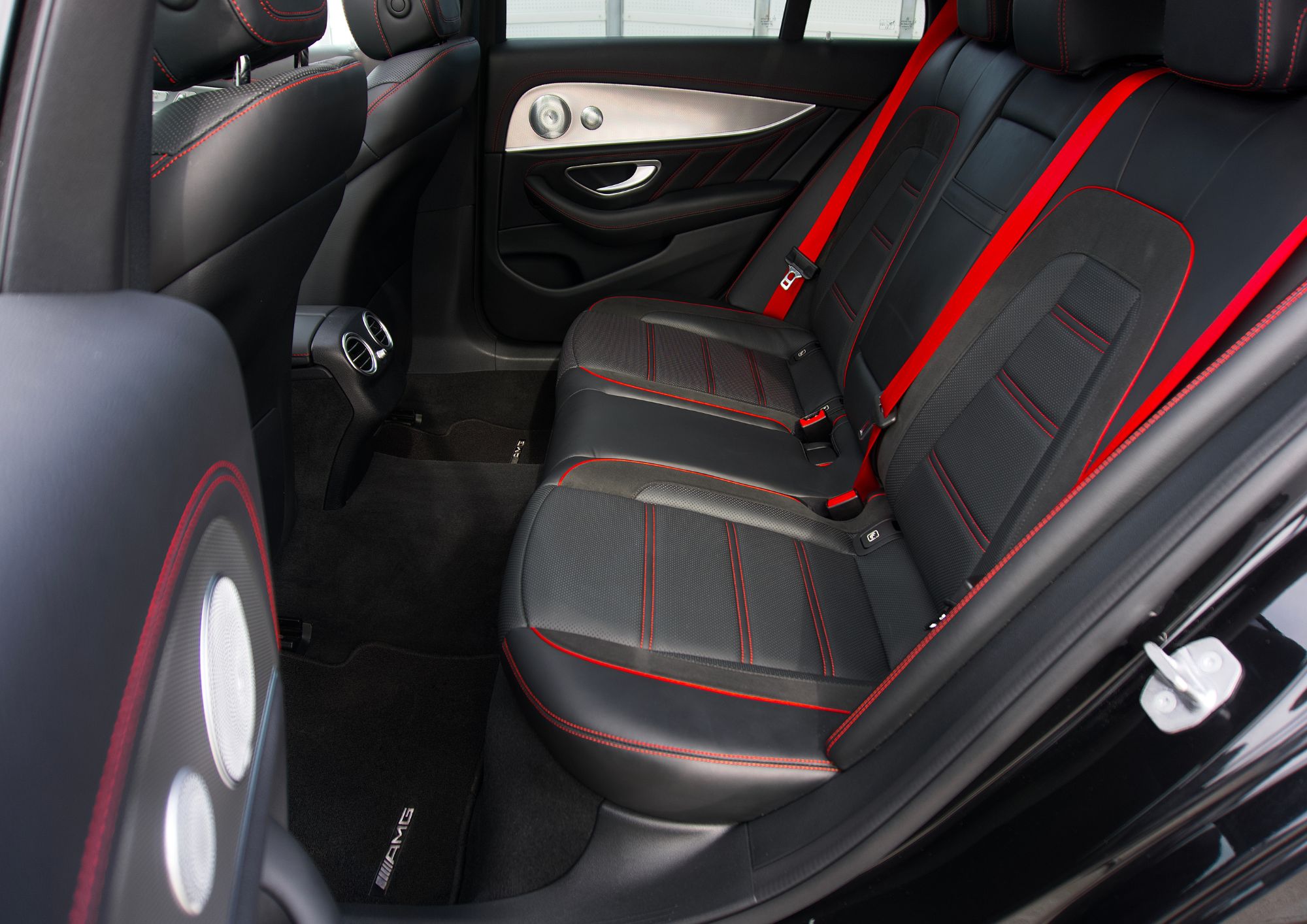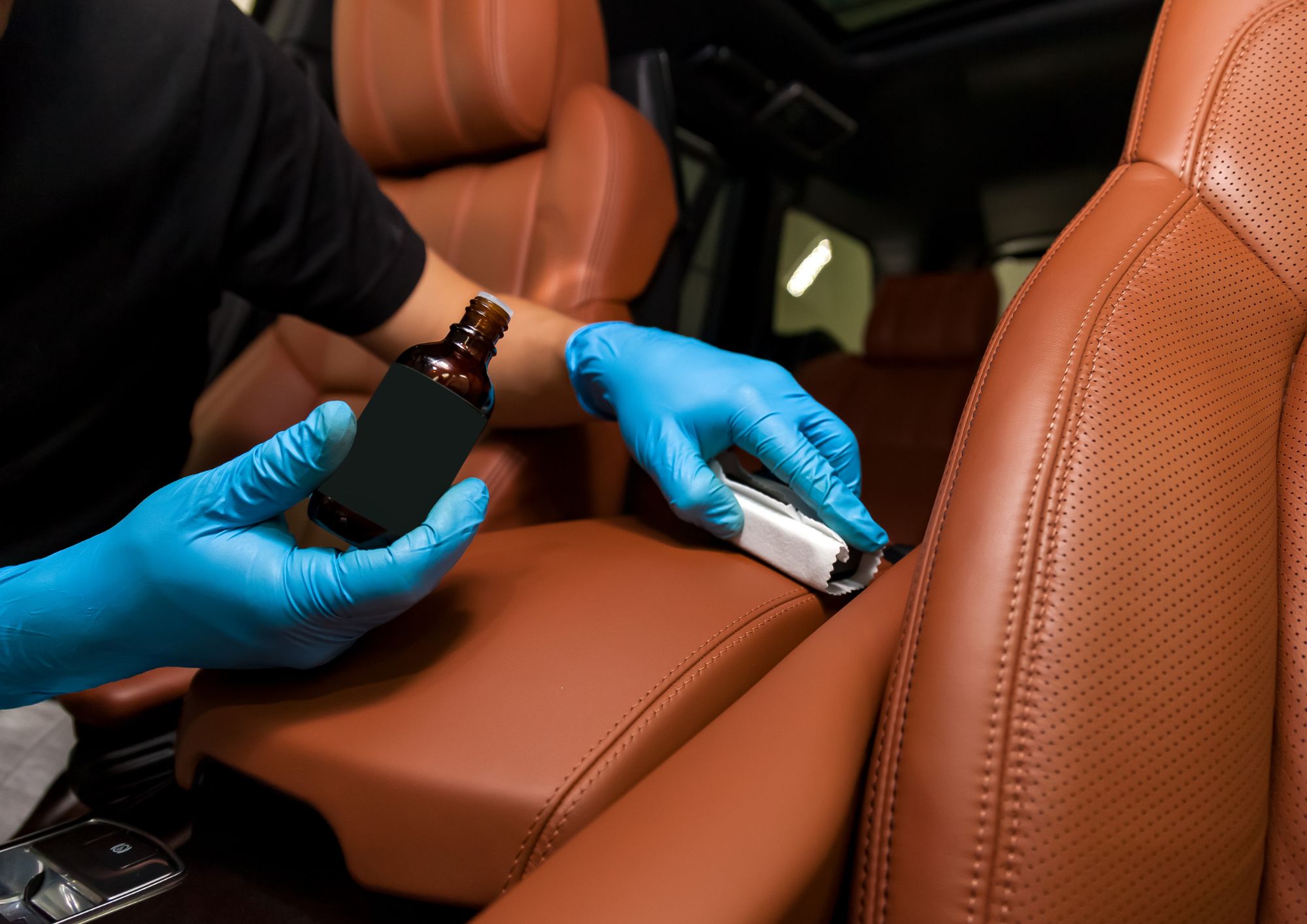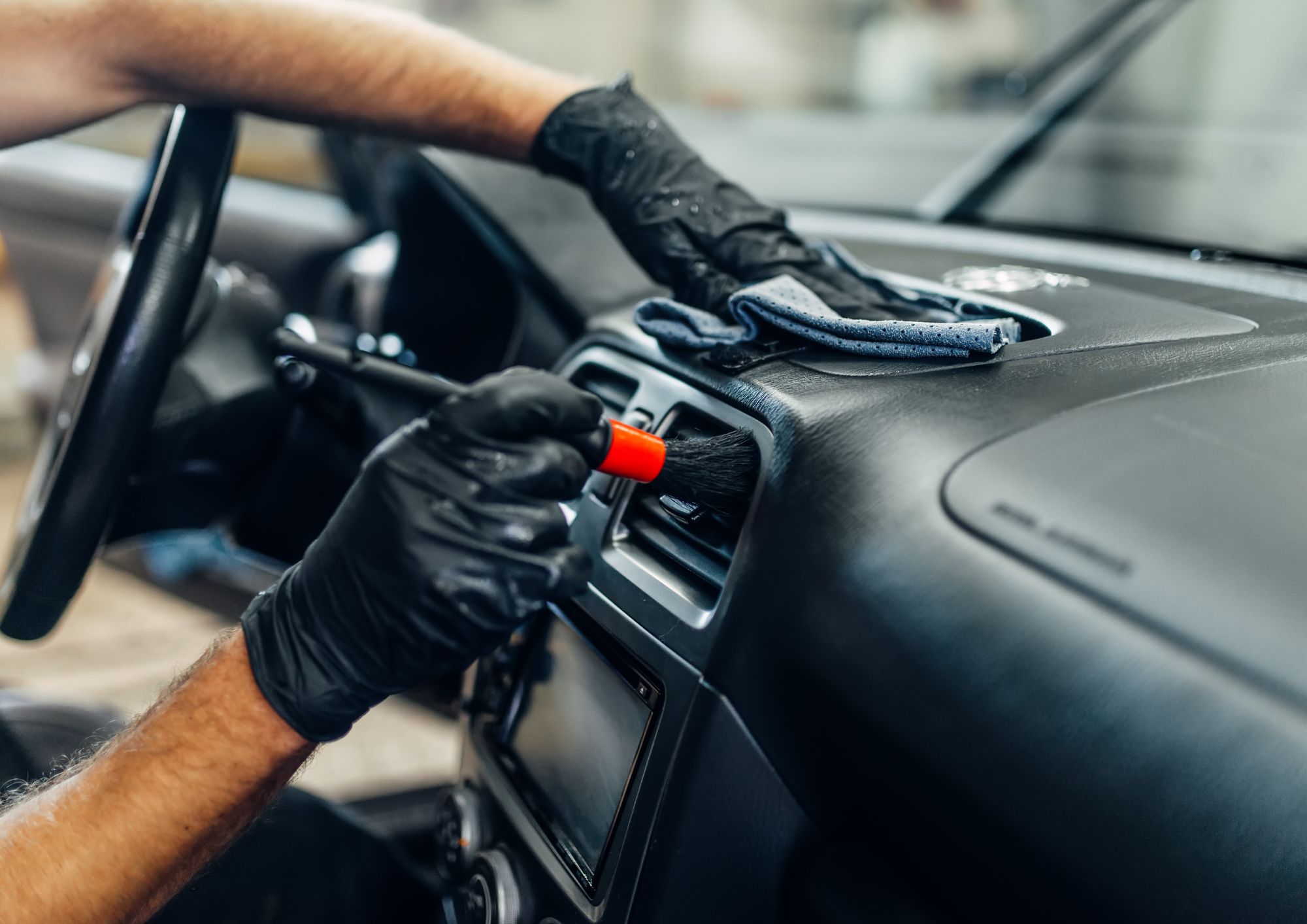Signs of wear, influencing factors and benefits of restoring it
The car interior upholstery It plays a fundamental role not only in a vehicle's aesthetics, but also in its comfort and resale value. Over time, constant use and exposure to various factors can significantly deteriorate it. Therefore, it's important to know when it's time to renew it, what the most common signs of wear are, and the benefits of restoring it instead of replacing it completely.
Most common signs of wear
The wear and tear of the car interior upholstery It is inevitable, but there are clear signs that it is time to renew it:
- Tears and rips: Over time, materials such as fabric, leather, or leatherette can crack or tear, affecting the appearance and comfort of the seat.
- Excessive wear and discoloration: Constant friction, especially on the driver and passenger seats, can lead to color loss or worn textures.
- Stubborn stains and odors: Spills, food scraps, and dirt buildup can create stains that are impossible to remove, as well as unpleasant odors.
- Loss of comfort: Wear and tear on the padding or foam inside your seats can make them feel harder and more uncomfortable, affecting your driving experience.
- Presence of mold or moisture: In humid climates or after water leaks, upholstery can develop mold, which is not only unsightly but also harmful to health.
If one or more of these signs are detected, it is advisable to consider renewing the car interior upholstery before the damage becomes irreversible.
Factors affecting upholstery lifespan
Several elements influence the duration of the car interior upholsteryKnowing them can help extend their useful life and prevent premature deterioration:
- Manufacturing materials: The quality of the materials determines their durability. Leather, for example, can last longer than fabric, but requires more maintenance.
- Frequency of use: The more the vehicle is used, the greater the wear and tear on the upholstery, especially on the seats and armrests.
- Sun exposure: Ultraviolet radiation can break down upholstery fibers, causing discoloration and brittleness in the materials.
- Maintenance and cleaning: Lack of regular cleaning can accumulate dirt and debris that accelerate wear.
- Climate conditions: In areas of high humidity, upholstery can absorb water and develop mold or unpleasant odors.
- Using inappropriate products: Overly aggressive cleaners or the use of abrasive materials can damage fabrics and affect the appearance of the upholstery.
Taking these factors into account and applying preventive measures will help the car interior upholstery stay in good condition for longer.

Benefits of restoring upholstery instead of replacing it
When a car's interior upholstery is worn, restoring it rather than replacing it completely offers multiple advantages. First, restoring the upholstery is usually more economical than installing new upholstery, as it allows for repairing tears, rehydrating the leather, and removing deep stains at a lower cost. Furthermore, if you want to preserve the vehicle's original aesthetic, restoring it allows you to maintain its appearance without making drastic alterations.
Choosing to restore upholstery also has a lower environmental impact, as replacing it generates waste that harms the environment. Restoration significantly reduces material waste, contributing to a more sustainable process. In turn, a car with well-maintained or restored upholstery is often more attractive to buyers, which can increase its resale value on the market.
Another positive aspect is that restoration is generally completed in less time than a complete upholstery replacement. This allows you to enjoy a renewed vehicle quickly. Furthermore, restoration offers the opportunity to customize and improve the car's comfort, incorporating special treatments such as waterproof coatings or additional padding, which increases both the functionality and comfort of the upholstery.
The car interior upholstery It's a key element in the driving experience and the vehicle's image. Identifying signs of wear, understanding the factors that affect its durability, and opting for restoration instead of complete replacement may be the best strategy for keeping it in good condition. Not only does this save money, but it also improves comfort and prolongs the car's lifespan. Proper maintenance and timely restoration will keep your vehicle's interior looking newer for longer.

